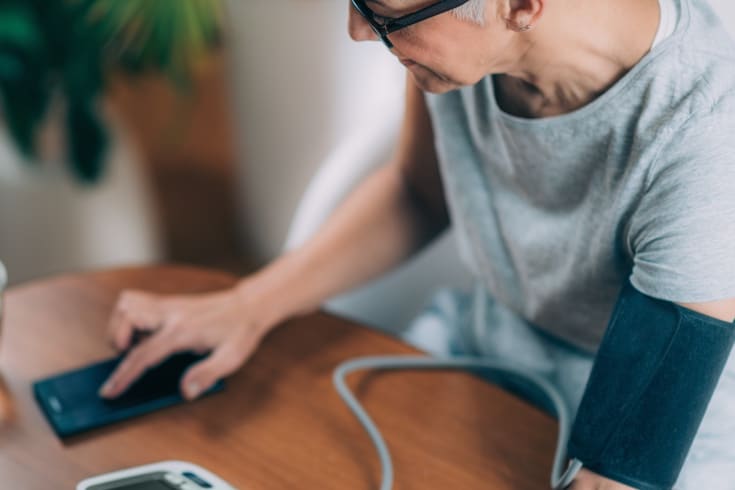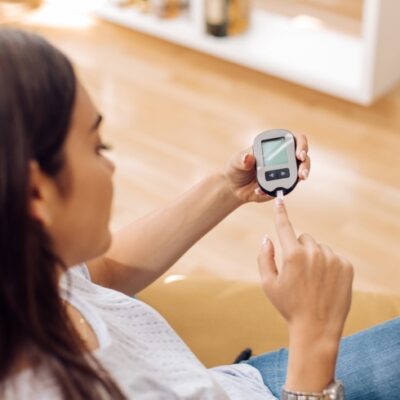Cardiology practices have traditionally depended on in-office visits for consultations, monitoring and diagnostic testing. But times have changed, and today’s healthcare landscape has evolved. Advances in technology, such as remote patient monitoring (RPM) have become integral in the management of cardiovascular diseases by enabling providers to extend care beyond the clinic.
Clinical evidence demonstrates RPM’s effectiveness for hypertension management and blood pressure control. A study published in The Journal of the American Medical Association (JAMA) found that RPM, combined with pharmacist oversight, significantly lowered blood pressure over time. Additionally, research from the American Heart Association (AHA) suggests that RPM could reduce the risk of heart attacks and strokes by 50% compared to standard care.
Expanding Beyond the Clinic
Beyond the clinical benefits, RPM expands access to care and offers patients the convenience and flexibility of fewer trips to the office. It also improves practice efficiency and maximizes resources while delivering significant cost savings. A study published in JAMA demonstrated that remote patient monitoring lowered per-patient costs of $11,472 over standard care.
Furthermore, RPM allows cardiologists to keep a watchful eye on their patients’ health beyond the clinic while enabling more timely interventions and adjustments to treatment plans that ultimately result in better outcomes.
Here’s are a few more ways RPM is transforming cardiovascular care:
Earlier Interventions and More Proactive Care
RPM enables cardiologists to closely monitor patients with cardiovascular conditions such as hypertension, heart failure, and arrhythmias. By tracking vital signs like blood pressure, heart rate, weight, and oxygen levels, they can intervene promptly to prevent potential issues from escalating. For instance, RPM is particularly effective in managing heart failure by detecting weight changes and fluid retention—key indicators of a worsening condition. This proactive approach allows providers to take timely action, helping to reduce the likelihood of ED visits and hospitalizations and enhance overall patient outcomes.
Enhanced Patient Engagement and Adherence
RPM fosters a sense of accountability among patients, encouraging them to take a more active role in their care. With regular readings and feedback from their cardiologist on their health status, patients are more likely to adhere to prescribed treatment plans, including medication, diet, and lifestyle changes which ultimately results in better outcomes.
Improved Efficiency and Streamlined Operations
Implementing RPM can significantly streamline practice operations. By remotely monitoring patients, cardiologists can reduce the frequency of routine check-ups, freeing up valuable time to dedicate to patient care. RPM also facilitates better care coordination and efficiency, as data can be easily shared with healthcare providers involved in the patient’s care.
Higher Patient Satisfaction and Retention
Patients appreciate the convenience and peace of mind that RPM provides. The ability to monitor their health from the comfort of their own homes helps minimize frequent in-person visits. Additionally, the knowledge that their cardiologist is keeping a close eye on their condition leads to higher patient satisfaction. Patients are more likely to continue seeking care from a practice that offers personalized care and patient-centered services.
The Transformative Impact of RPM
RPM is changing how heart health is managed, becoming an essential part of modern cardiovascular care. From improving patient outcomes and boosting engagement to streamlining operations and enhancing patient satisfaction, RPM enables cardiologists to extend care beyond the clinic. This shift supports a more connected, proactive and patient-centered approach to managing cardiovascular diseases.
Start The Path Toward Better Patient Care
Have questions about how remote patient monitoring for healthcare will work for you and your patients? Let’s have a conversation.
Access the Latest RPM News
Stay up to date with the latest news, articles and webinars about remote patient monitoring and telehealth.
"*" indicates required fields



